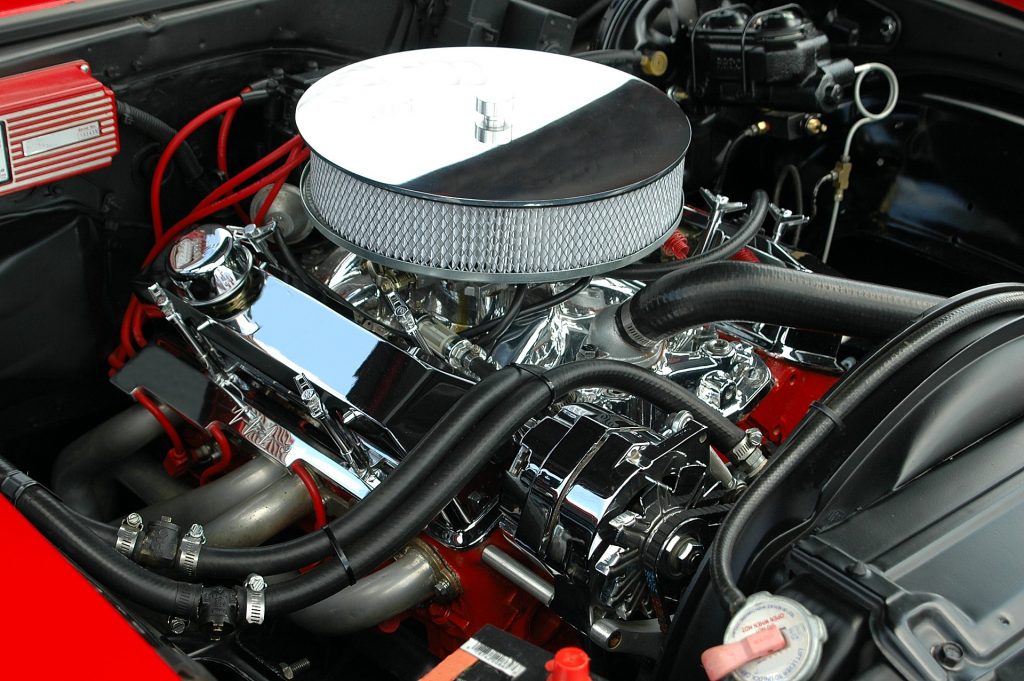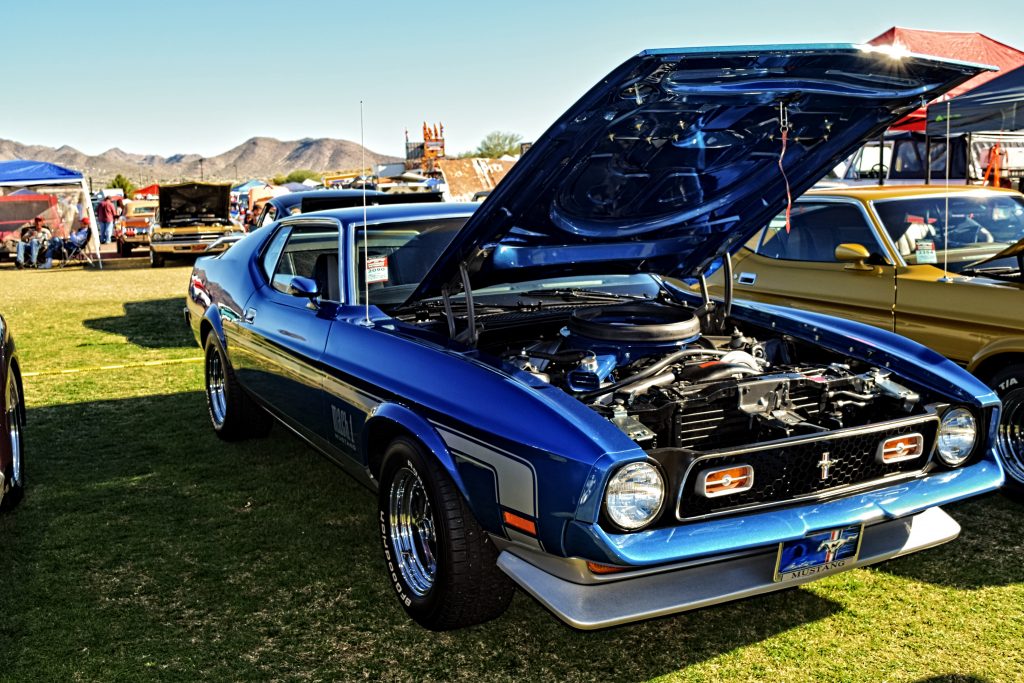In part 1, we discussed what could be done to tune car exteriors. In part 2, we will focus on the engine. As car tuning concerns the modification of a car’s appearance or performance to maximize its potential, this post focuses on how upgrades to your car’s engine can:
- Improve horsepower and overall performance. This is the main reason for most car tune-ups. It might increase the car’s resale value, but the real results come with the increased driving pleasure!
- Improve your car’s reliability. Regular car service can help reduce the risk of being stranded on the side of the road, but a car tune-up can produce long-term reliability.
- Increase fuel savings and reduce emissions. A tune-up is one of the best ways to check if your car is operating at its full potential. The vast number of car tune-up techniques can help you create more energy-efficient engines.
Engine Chip Tuning
Engine chip tuning helps you redefine the limits of your engine’s performance by replacing the chip that controls your engine.
- Engine performance control. The benefits you achieve from engine chip tuning will depend on how you modify the chip. You could prioritize increased horsepower: this will mean implementing a chip that changes the fuel/air ratio and timing to give your car extra power and torque. Alternatively, you could prioritize fuel efficiency and the environment: this might come with a horsepower sacrifice, but will definitely increase your savings!
- Tailored to meet your driving requirements. A new car is made to tackle numerous conditions. By replacing the chip, you can modify your car to work better in the conditions where you drive. This makes your car better prepared for the day-to-day routine.
- Ease of installation. This is a relatively easy task to carry out, with only a single chip having to be added to the vehicle. This method also requires minimal manual labor and can be completed quickly.

Cold Air Intake Kit
Cold air intakes pull cooler air from the outside into the engine for combustion. These aftermarket intakes remove the box that typically surrounds air filters, and uses large diameter intake tubes.
- More horsepower. These intake systems pull in cooler air that is more oxygen dense, and that means your combustion chamber will produce more power. Although accounts will vary from manufacturer to manufacturer, cold air intake systems will increase your car’s acceleration by about five to twenty horsepower. Team this up with a new exhaust, and you could have a far more efficient system.
- Enhanced sound. This feature is a highlight for car enthusiasts who love the aggressive sound of a roaring engine. Air intakes bring more air into the engine, and this means a more thrilling sound. This can be muted with the use of mufflers for those who prefer the increased energy efficiency but not the sound.
- Fuel economy. This is one of the main advantages of installing an aftermarket air intake, so it deserves a little elaboration. The default air intake on your car is designed to be quiet instead of fuel efficient, thus using more gas. With aftermarket air intakes, the goal is fuel efficiency: that means getting in as much oxygen and reducing fuel consumption.
Supercharger/Turbocharger
Turbochargers and superchargers are known as forced induction systems. These systems compress the air flowing into the engine to provide power boosts to the car. The major difference between the two lies in how they are powered. Superchargers require engine power and are driven by the crankshaft of an engine. Turbochargers are powered by an exhaust gas turbine.
Advantages of turbochargers:
- Relatively small, they only require minor engine displacements, but also provide much more power than their size.
- Because smaller engines use less fuel to idle and have less rotational and reciprocating mass, turbochargers improve fuel economy.
- Turbochargers runoff waste energy which means by you improve the overall efficiency of your engine.
Advantages of superchargers:
- Superchargers are quick and immediate solutions used to boost power.
- There is no lag when using a supercharge because it is driven by the engine’s crankshaft.
- Provide good power even at low RPM.
While turbochargers are more fuel efficient, superchargers produce more immediate boosts. This means that depending on what reason you need (or want) an induction system, both are great ways to boost your engine’s performance.
These are just three options, from a wide range of alternatives available, that you can consider when planning an engine tuning. And with the countless innovations developing each day, there are bound to be even more efficient options soon!


